Innovation in the economy
«Innovation in the economy” (www.tadqiqot.uz/econom ) is an electronic journal designed to promote the development of economic sciences. The specialization of the journal is economics. In the electronic journals will be published articles by national and foreign authors on contemporary achievements, innovative ideas and future perspectives in the field of scientific and practical economic sciences.
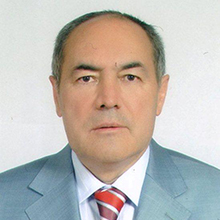
Chief Editor
Academician Gulyamov Saydaxrar Saidaxmedovich
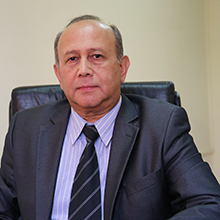

Muradova Husniya Mukhitdinovna.

Ilhom Mamatkulov
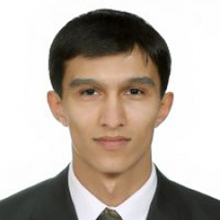
Sardor Azam
Westminster International University in Tashkent
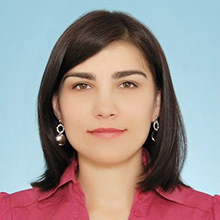
Safarova Nilufar Nematillaevna
Institute for Forecasting and Macroeconomic Research
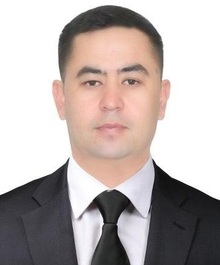
Jasur Karimkulov – Doctor of Sciences Economics, Professor
Email: karimqulovj@mail.ru
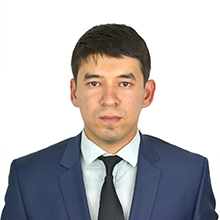
Bobur Valiev PhD
B.B. Valiev, doctor of philosophy on economic sciences (PhD), Senior researcher, Research center ”Scientific bases and issues of economic development of Uzbekistan”, Tashkent, Uzbekistan.
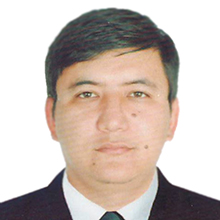
Karshiev Mirzohid Erkinovich
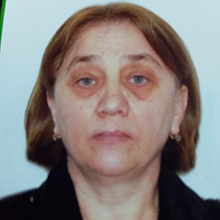
Nanuli Khizanishvili – Doctor of Economic Sciences, Tbilisi Iv. Javakhishvili State University. Faculty of Economics
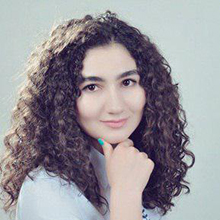
Maftuna Sayfullaeva – m.sayfullaeva@cer.uz
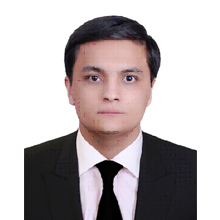
Mamatkulov Ilkhom Abdurashidovich – Head of Strategic Management Department at Institute for Research of the Youth Problems and Training Prospective Personnel at the Academy of State Governance under the President of the Republic of Uzbekistan
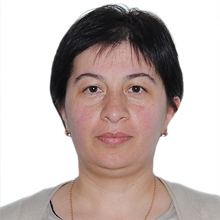
Zubitashvili Tamar – Doctor of Tourism, Telav State University (Georgia)

Gela Mamuladze – PhD, professor of Business Administration Department, Shota Rustaveli State University.
Email: mamuladze.gela@bsu.edu.ge
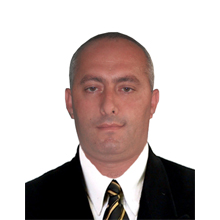
Catherine Gospodarik – PhD, docent, head of Analytical Economics and Econometrics Department of the Faculty of Economics at Belarusian State University
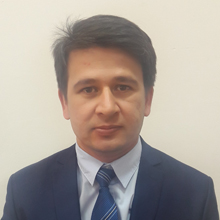
DR. AZIZJON B. BOBOJONOV – PhD, Head of department for commercialization of scientific and innovative developments
E-mail: abobojonov@gmail.com
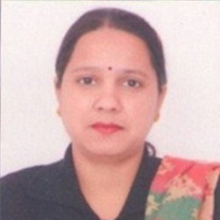
Dr. SUMAN GULIA – Assistant professor and Coordinator of department of management and commerce in Desh Bhagat University, Mandi Gobindgarh, Punjab.
Email: manindersinghpunia@gmail.com
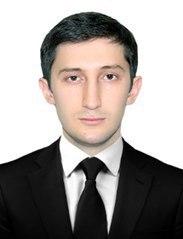
Aliqoriev Olimkhon – PhD, associated professor, Manager of Innovations & Research Department, Republican Graduate School of Business and Management named after Abu Rayhan Beruni under the National Agency of Project Management under the President of the Republic of Uzbekistan Republic of Uzbekistan
CONDITIONS OF GRANTING TO THE MAGAZINE
The main requirements for scientific articles presented in the scientific electronic journal “Innovations in Economics” are based on world standards and standards of PhD research in recent years in Uzbekistan.
- The subject of a scientific article submitted by the author (or authors) must correspond to the column of the e-journal “Innovations in Economics”.
- The article should contain the following definitions in accordance with the requirements of international standards:
– Title of the article (Title)
The topic of the article should be as brief and clear as possible and should clearly indicate the direction of the article. It should be presented in Uzbek, English and English.
– Author Information (Author Information)
This section includes the author’s last name (with your full name), place of work and position, academic degree and title, email address and contact phone number.
– Article annotationaci (Abstract)
A brief annotation of articles is given in at least 8-10 languages in Uzbek, Russian and English. It contains a brief description of the scientific and practical contribution of the author to the research problem, its relevance, the methodology used to clarify the research problem, the research results and the full content of the article.
– Keywords
Keyword phrases are keywords that can be summarized in the shortest possible sense of the content and purpose of the article. In the search engine of a search engine or google.com search engine it is recommended that the base of words be repeated in the main text every 6-8 times to find an article on the first page.
– Introduction (introduction)
The introductory section focuses on the research problem, its goals and objectives. This section explains the basics of the research topic, its relevance and its scientific significance (this section should include the works and lectures of the President).
– Analysis of thematic literature (Literature review)
An analysis of the literature on this issue is part of the author’s knowledge and understanding of the problem. Literary analysis is an assessment of existing intellectual boundaries and on this basis the creation of a map. Attempts at a critical analysis of the literature strengthen knowledge on this issue and help clarify research questions. Any study of their content is based on previous knowledge in this area. The literature review is mainly based on the latest journal articles and other sources of information (including keywords that you can find on www.scholar.google.com).
– Research Methodology
The research methodology is one of the most important parts of the study, which is a survey map, a survey map and a location map (results). The direction of the research philosophy and research methodology, design research, research, leading to solving the problem of the main ways to obtain information necessary for planning, research and research on ethics, research and selection (sample), the object of primary and secondary information sources decision make a decision on rational decision-making for defining a research strategy (observation, experiment, key question, questionnaire, ethnographic, archival research, etc.), clear th path that led to the decision. The superiority of the methodology is confirmed by the reliability and accuracy of the research path.
– Analysis and results
In the research analysis section, the data collected using pre-determined analysis methods (mathematical models, etc.) are analyzed in the research methodology. Only the results of the analysis are expressed; Discussion of the results is the next part of the article.
– Conclusion and recommendations
A summary of research objectives, objectives and research results, general research results and the overall research process, as well as proposals and research should focus on future research results in the framework of the conclusions and recommendations of the article.
– Links (links)
In this section, the list of all publications used in the study is ordered sequentially [1], [2] or [3]:
- author’s name, book title, publisher name, year of publication;
- Authors name, article title, journal title, edition, year, number, page
- The text of the article in Times New Roman should be 14 pins, and the interval should be 1 interval. All paragraphs (right, left, top and bottom) of the text page of the article remain at a distance of 2 centimeters. The maximum size of the article should not exceed 16 pages, the minimum size should be at least 6 pages, and the number of publications should be at least 10-15 sources.
- The article should contain a table, figure or image. The names of the tables should be written in the upper part of the table, the names of the signature or images in the lower part and their source clearly. The presentation of tables, figures and figures in the article serves as a source for improving the quality of the article.
- Articles can be submitted in Uzbek, Russian or English.
- The letters u, g, q and h in Uzbek should be written in the text of a scientific article. Otherwise, the scientific article will not be reviewed by the editors.
- All submitted articles are checked in the Antiplagueat system.
On the pages of the journal are placed only the author’s scientific publications.
Scientific articles are published in the author’s edition, without corrections. Before sending the text for publication, the author assumes that the texts of the articles are the final version, containing reliable information regarding the results of the study and not requiring further revision.
Filed articles are subject to double review. Articles are sent within the specified time frame by e-mail at mehrivoxidova@gmail.com. The cost of publication of 1 article is: 100 000 Uzbek soums; 800 Russian rubles; $ 13
